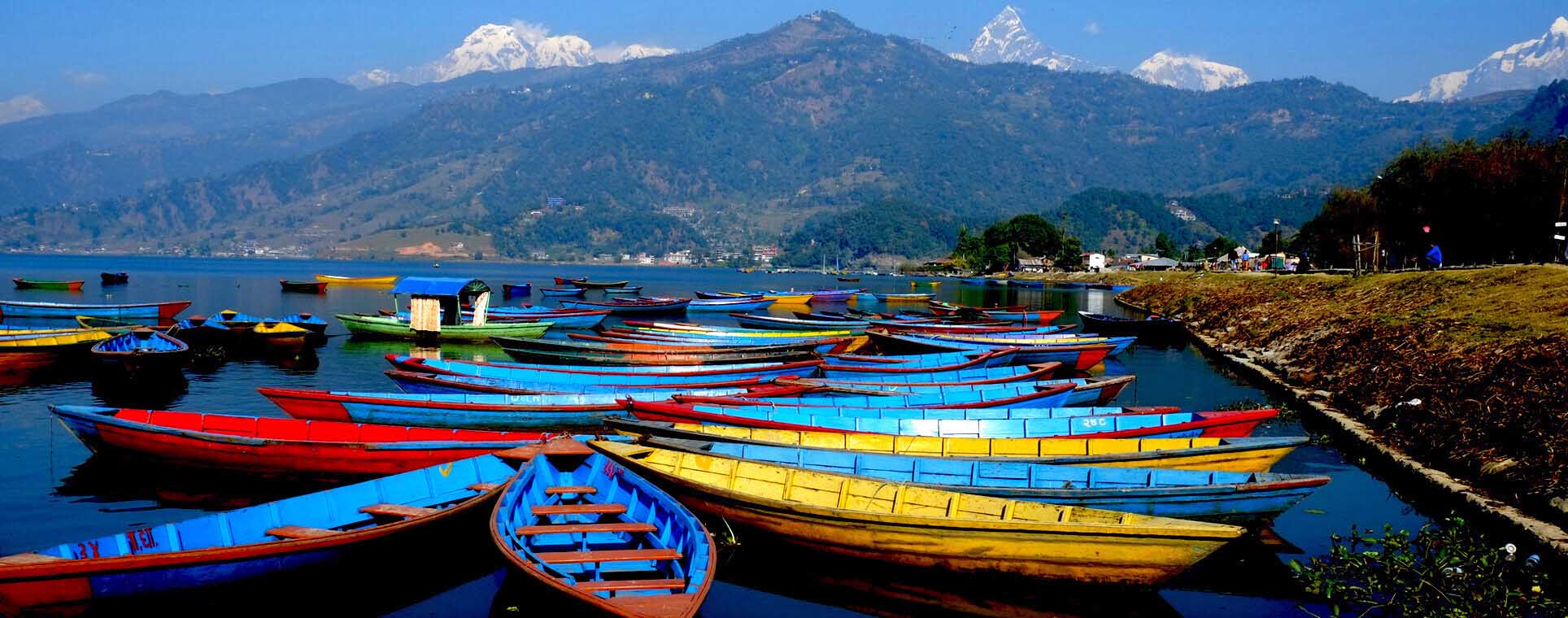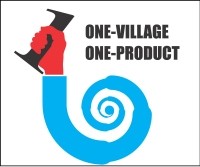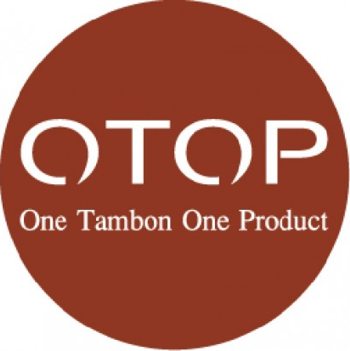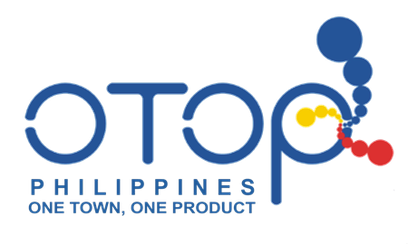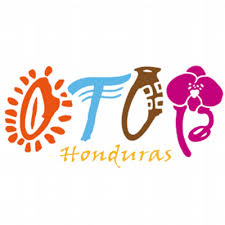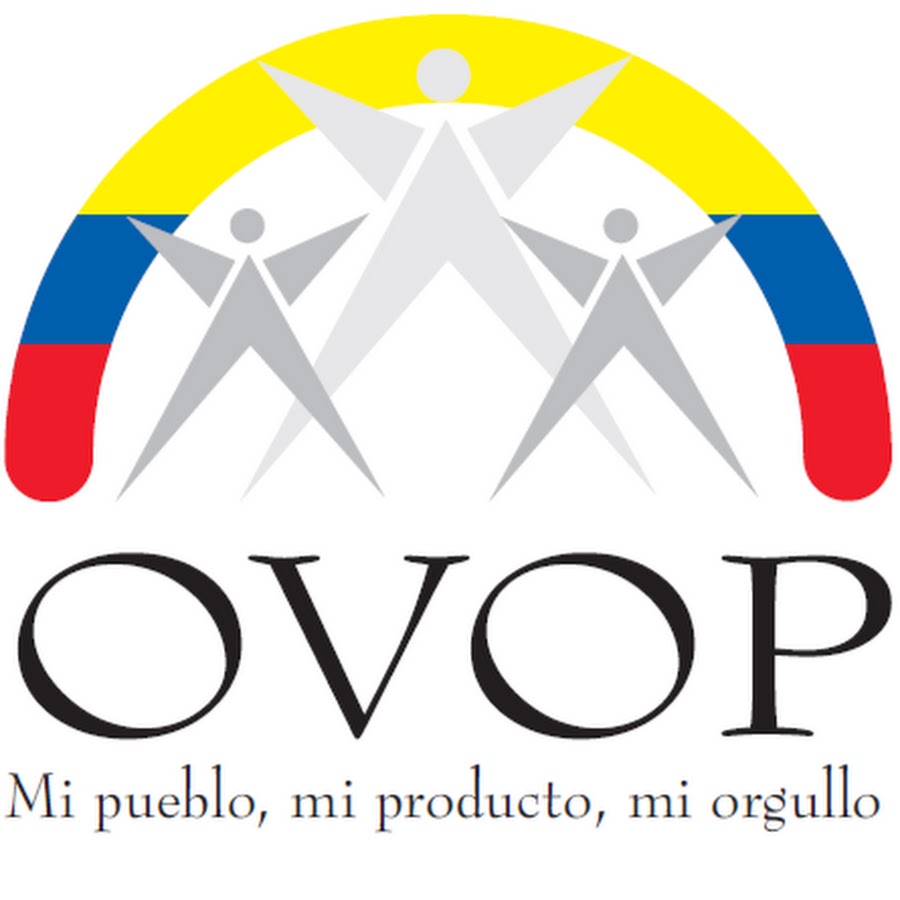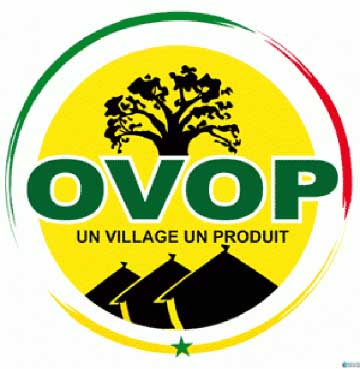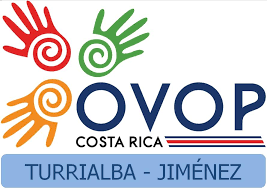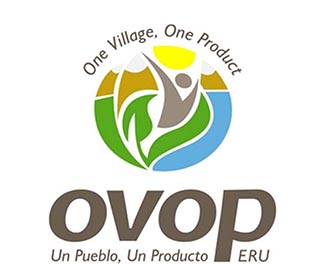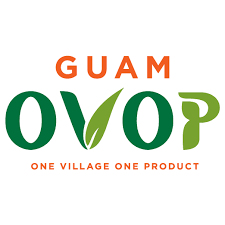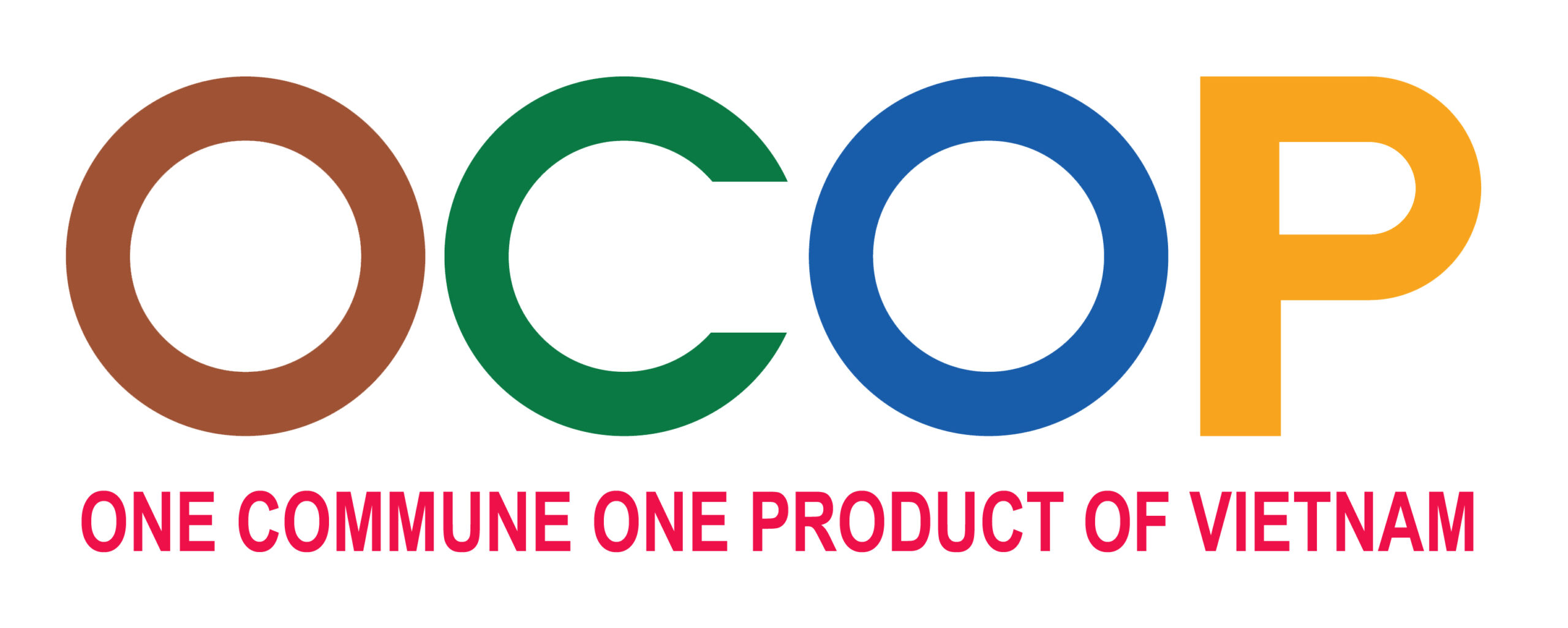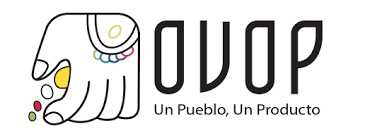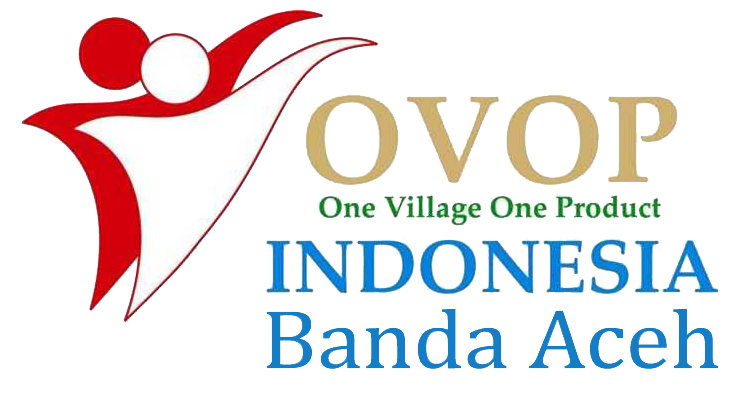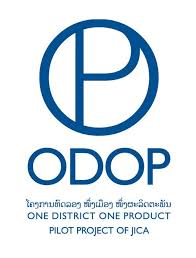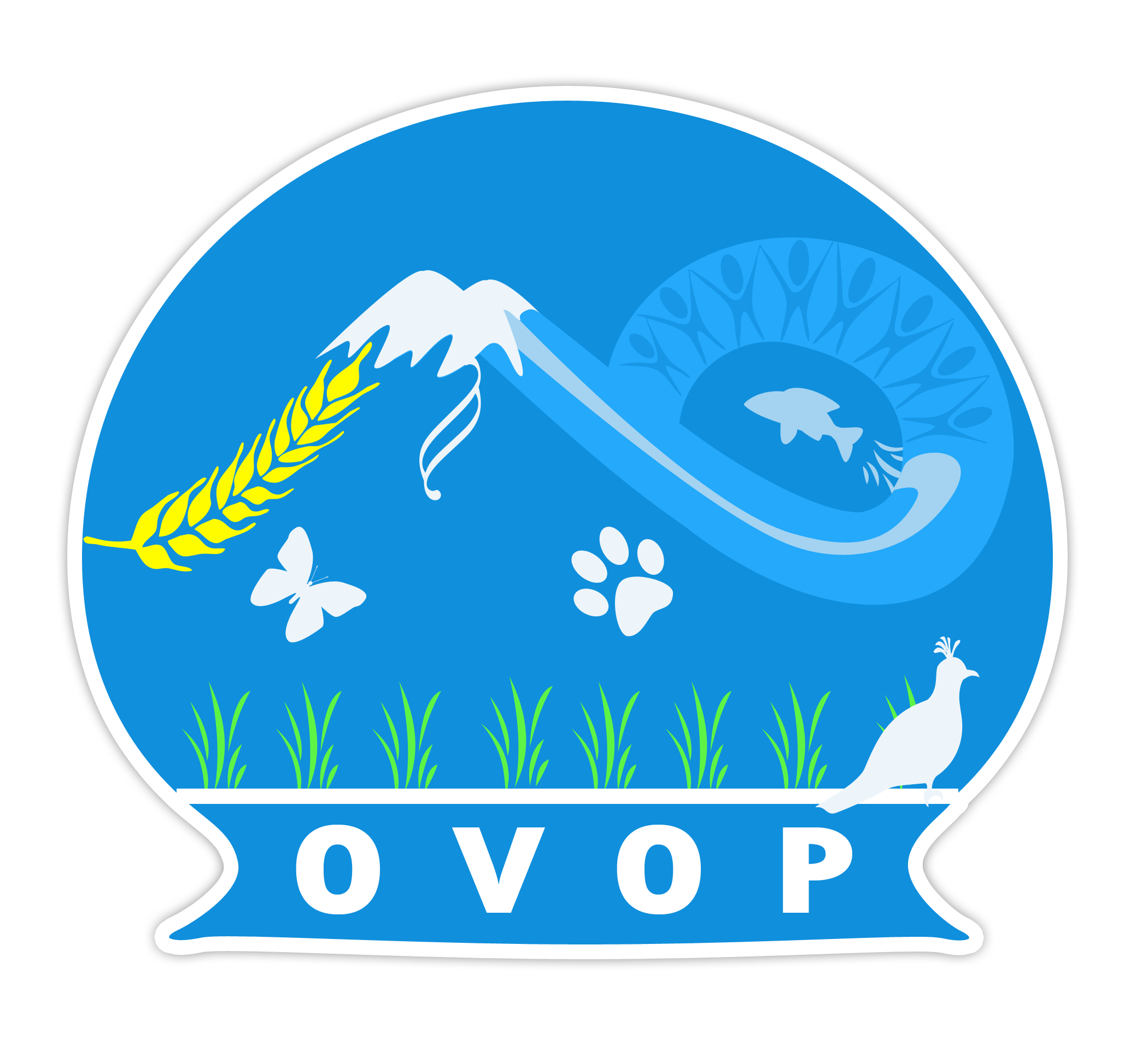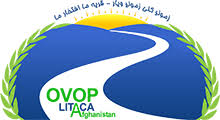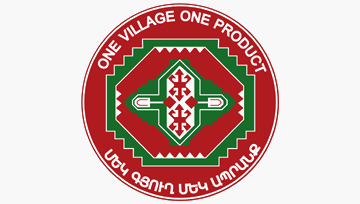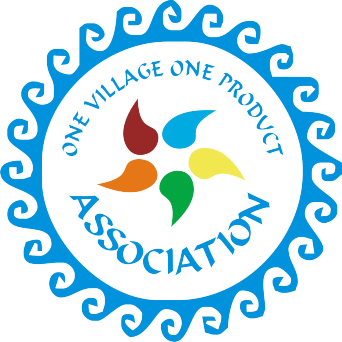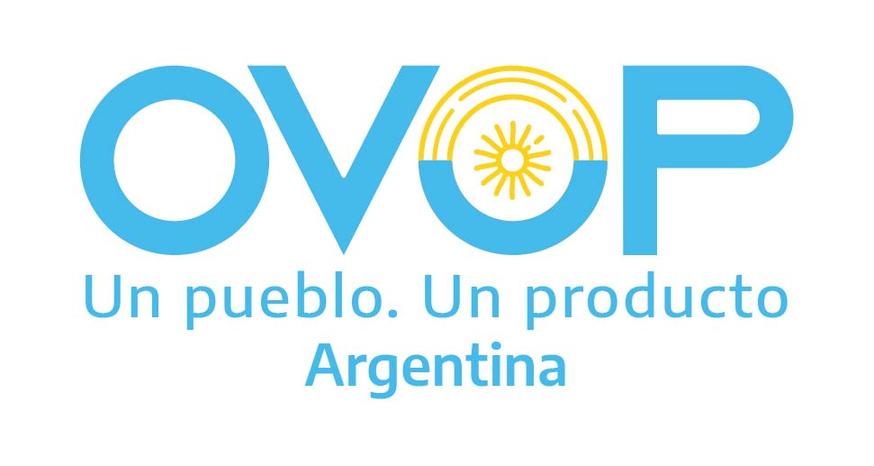The One Village One Product (OVOP) in Nepal was a Public Private Partnership Program (PPP) based program which was officially launched in July 17, 2006 for five years as a pilot project. The Ministry of Agriculture Development (MoAD) and the Federation of Nepalese Chamber of Commerce and Industry (FNCCI) are the key partners of the program. The MoAD – from the Government sector provides annual budget for the program while the FNCCI implements the program through its related District Chamber of Commerce and Industry in the field level. Agro Enterprise Centre – the technical wing of FNCCI works as Secretariat of The OVOP Program. The program in its first year has launched the program in seven districts with 4 products, which were sweet oranges, lapsi (unique fruit of Nepal), Rainbow trout fish, and Bel (wild fruit of Nepal, also known as stone/golden apple). Within the period of 11 years, the program has been extended in almost all districts of Nepal.
Most unfortunately, OVOP program was terminated in fiscal year 2017/18 which was a big unexpected and unpleasant incident for Nepal. There are many reasons behind such termination which are as follows:
The crucial cause of failure is that local resource, local skills, local leadership and the local pride are the most important factors of OVOP Japan philosophy which was not well addressed in Nepal. The core implementing agencies involved in the program failed to understand the principles. The core actors were not serious in product selection for the program. Most of the products selected were not substantiated with the principle “Think globally, act locally”. Certainly, at the very beginning, the products like Lapsi and Junar (sweet orange) are prudently selected which have local essence. But, later more than 50 different products were randomly chosen without considering their marketing value which was beyond capacity to promote as desired by OVOP norms. For instance, by June 2017, OVOP had gradually been launched in all 75 districts of the country, the Agro Enterprise Centre (AEC) of the FNCCI has proposed 10 additional districts and various products includes districts from every region – mountainous, hilly and lowland region – namely, Tanahun (orange); Dailekh (vegetable seed); Siraha and Mahottari (mango); Darchula and Baitadi (sheep farming), Humla (eco-tourism), Sarlahi (turmeric), Parsa (fish feed) and Kalikot (goat farming).
Production and marketing (Quality improvement, Value addition, Enterprise development, Cooperatives, market promotion, etc.) had to be developed side by side but the focus on marketing was least. One can find OTOP sales counter everywhere in Thailand but in Nepal there is no even single sales counter for OVOP products. Today, people are very much concerned about health. They want quality and hygienic food but the most important thing as such has never been considered. Even worst, in Nepal, the effort made for OVOP products publicity and local participation in the program was very limited. Within a period of 11 years, no special OVOP trade fair has been organized either in local level or in national level. While the existing cooperatives and farmer groups were not active enough. Most of the local people were not yet cleared of the concept of OVOP. They thought OVOP was simply a just another agriculture project because most of the products selected under OVOP program were agriculture products which was not the concept of OVOP Japan. Hence, it was no doubt that 80 percent of Nepalese people knew nothing about OVOP before its termination.
Lack of leadership and sufficient subject matter specialists is another drawback of the program. There is no leader or specialists having perfect knowledge on OVOP who can direct the program. Thus, there were delays in decision making process.
Lengthy process in budget and program approval, limited budget which was mainly dependent on Government Budget is the major constraint in program implementation. The budget allocated by the government was not enough to fulfill the increasing demand for new products in new districts.
LESSONS LEARNT
The OVOP program should be run by the local government because it is solely local development program. Villages or towns or even metropolitan cities should launch at least one OVOP program since they know better than the central government about potential local products and skills. Thus, they should run the program with full authority to enhance local economy.
The products (tangible or intangible) should not be selected randomly. Local people should be involved in identifying OVOP products as the selected product should have local pride and as much as potential to compete in national and international market.
After identification of potential products, special attention should be given to grading and packaging aspect. Hygienic matter should not be ignored. Finally, the product should be branded with local identity and should be sold in local and national market through sales counters in the local areas, the national and international markets.
Finally, if OVOP program is run by the local government, it would sure generate employment in the local level as well as help reducing regional unbalanced development problem of the country to great extent. Furthermore, it will help uplifting the local economy directly and contribute to increase national GDP indirectly.






